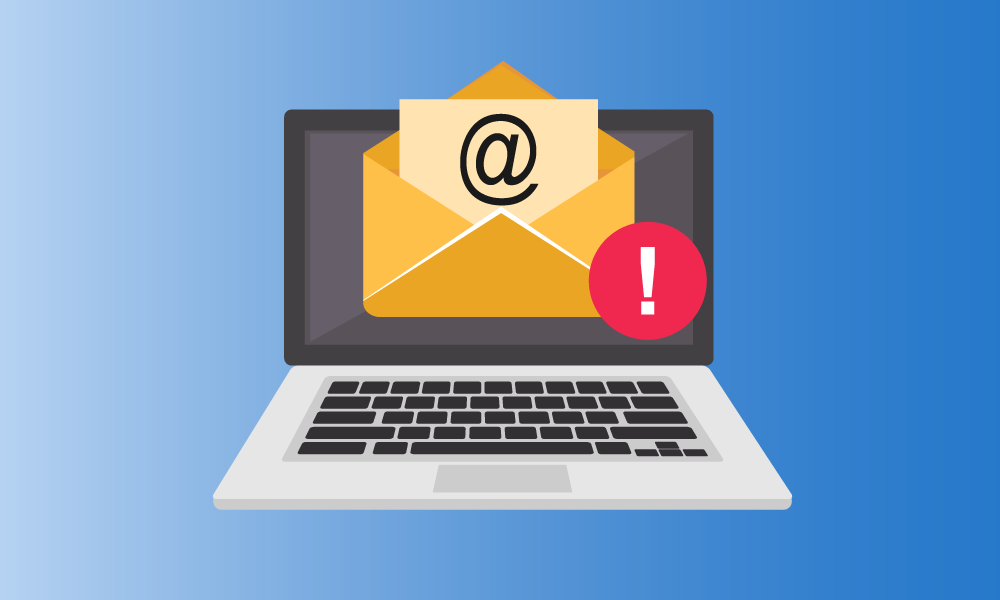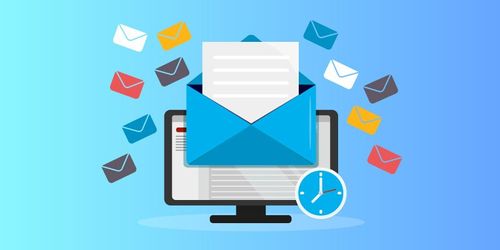In the world of email marketing, understanding and managing bounce rates is crucial to ensure successful email campaigns. If you're using HubSpot as your email marketing platform, you have access to powerful tools and features that can help you monitor and reduce bounce rates. In this comprehensive guide, we will delve into the topic of email bounce rate in HubSpot, providing you with expert insights, strategies, and answers to commonly asked questions.
What is Email Bounce Rate?

Email bounce rate refers to the percentage of email messages that were not delivered to recipients' inboxes. Bounces can occur for various reasons, such as invalid email addresses, full mailboxes, or technical issues. Bounces are typically categorized as either "hard bounces" or "soft bounces."
- Hard Bounces: Hard bounces occur when an email cannot be delivered due to a permanent reason, such as an invalid or non-existent email address. HubSpot automatically flags hard bounces and removes them from future sends to maintain a good sender reputation.
- Soft Bounces: Soft bounces are temporary delivery failures caused by issues like a full mailbox or a server being temporarily unavailable. HubSpot will continue to attempt delivery to soft bounces for a certain period, but if they persist, they may be converted to hard bounces.
Importance of Managing Email Bounce Rate

Maintaining a healthy email bounce rate is crucial for several reasons:
- Sender Reputation: High bounce rates can negatively impact your sender reputation, which is a crucial factor in email deliverability. ISPs and email service providers consider senders with high bounce rates as potential spammers, leading to your emails being filtered or blocked.
- Email Deliverability: High bounce rates can hurt your overall email deliverability. Email providers may classify your emails as spam or place them in the recipients' spam folders, resulting in reduced engagement and conversion rates.
- Data Quality: Monitoring and managing bounce rates helps maintain a clean and accurate email list. By identifying invalid or inactive email addresses, you can ensure that your future campaigns reach the intended recipients and improve the overall effectiveness of your email marketing efforts.
Strategies to Reduce Email Bounce Rate in HubSpot

Now that we understand the importance of managing email bounce rate, let's explore some effective strategies to reduce bounce rates in HubSpot:
- Use Double Opt-In: Implementing a double opt-in process ensures that subscribers provide a valid email address and confirms their intention to receive emails from you. This helps reduce the likelihood of invalid or fake email addresses being added to your list.
- Regularly Clean Your Email List: Periodically review and clean your email list to remove invalid, inactive, or unsubscribed email addresses. HubSpot provides tools and features that allow you to identify and manage contacts with high bounce rates efficiently.
- Segment Your Email List: Segmenting your email list based on factors such as engagement levels, purchase history, or demographics allows you to send targeted, relevant content to specific groups. This improves the chances of deliverability and reduces the risk of high bounce rates.
- Monitor Email Performance: Regularly analyze email performance metrics, including bounce rates, to identify trends and patterns. HubSpot's reporting and analytics tools provide valuable insights to help you pinpoint issues and take corrective actions.
- Maintain List Hygiene: As part of your email marketing strategy, adopt good list hygiene practices such as promptly removing bounced email addresses and updating your contact database with accurate information.
- Authenticate Your Emails: Implement email authentication protocols like SPF, DKIM, and DMARC to prove your emails' authenticity and reduce the chances of your emails being marked as spam.
Frequently Asked Questions
Q1: What is an acceptable email bounce rate?
A1: Ideally, you should aim for a bounce rate below 2%. However, acceptable bounce rates may vary depending on your industry, target audience, and email campaign objectives. Regularly monitor your bounce rates and strive to keep them as low as possible.
Q2: How often should I clean my email list?
A2: It is recommended to clean your email list at least once every three to six months. Regular list cleaning helps maintain data accuracy, improves deliverability, and reduces the risk of high bounce rates.
Q3: Can HubSpot automatically remove hard bounces from my email list?
A3: Yes, HubSpot automatically flags hard bounces and excludes them from future email sends to protect your sender reputation and maintain a healthy email deliverability rate.
Q4: How can I identify the reasons for email bounces in HubSpot?
A4: HubSpot provides detailed bounce reporting that categorizes bounces based on different reasons such as invalid email addresses, full mailboxes, or technical errors. By analyzing these reports, you can gain insights into the specific reasons behind the bounces.
Q5: Does a high bounce rate affect my ability to send emails in HubSpot?
A5: Yes, if your bounce rate exceeds acceptable thresholds, it can affect your email sending capabilities in HubSpot. High bounce rates may lead to restrictions or suspension of your email sending privileges. It is important to proactively manage bounce rates to ensure uninterrupted email campaigns.
Conclusion
Managing email bounce rate is crucial for maintaining a healthy email deliverability and maximizing the effectiveness of your email marketing efforts in HubSpot. By implementing the strategies outlined in this comprehensive guide and leveraging the tools provided by HubSpot, you can effectively reduce bounce rates, improve your sender reputation, and ensure that your emails reach the intended recipients. Stay proactive, regularly monitor your bounce rates, and take corrective actions to optimize your email deliverability and drive better results in your email marketing campaigns.



